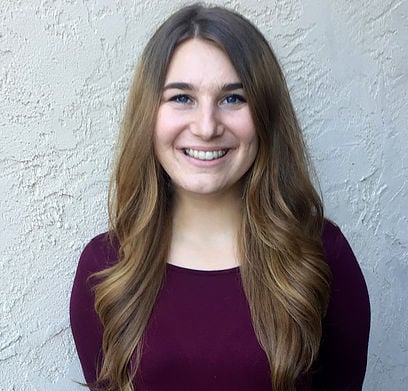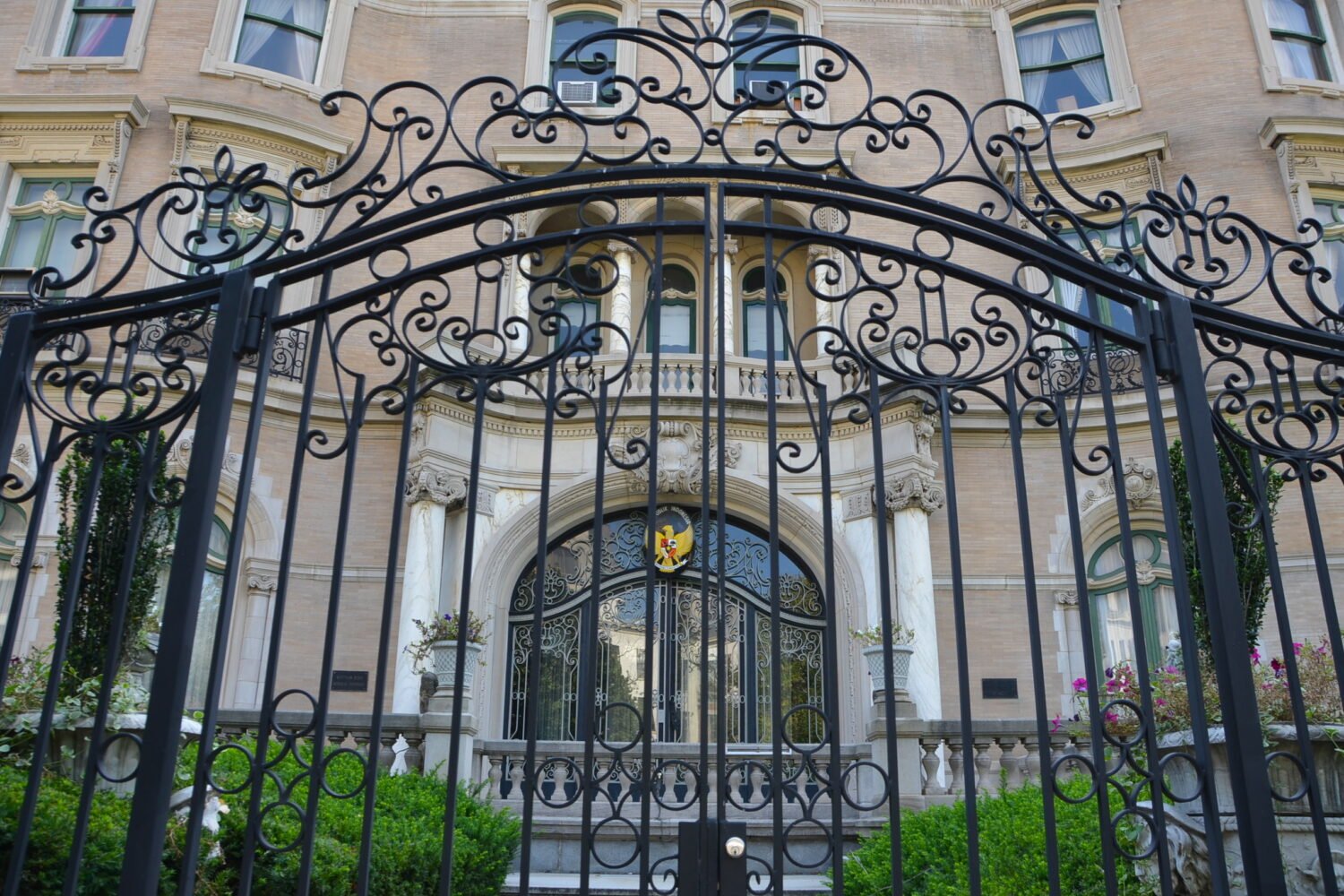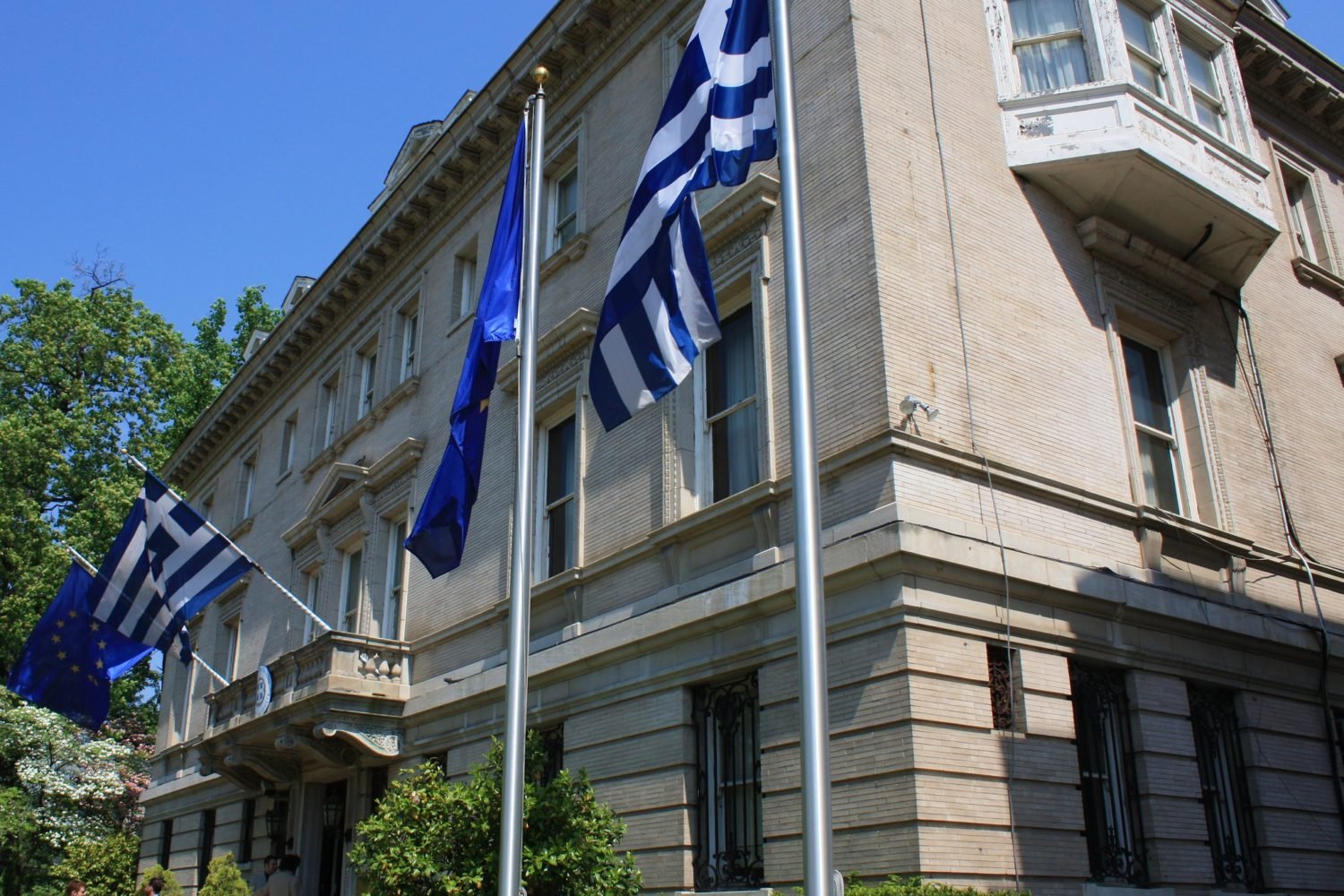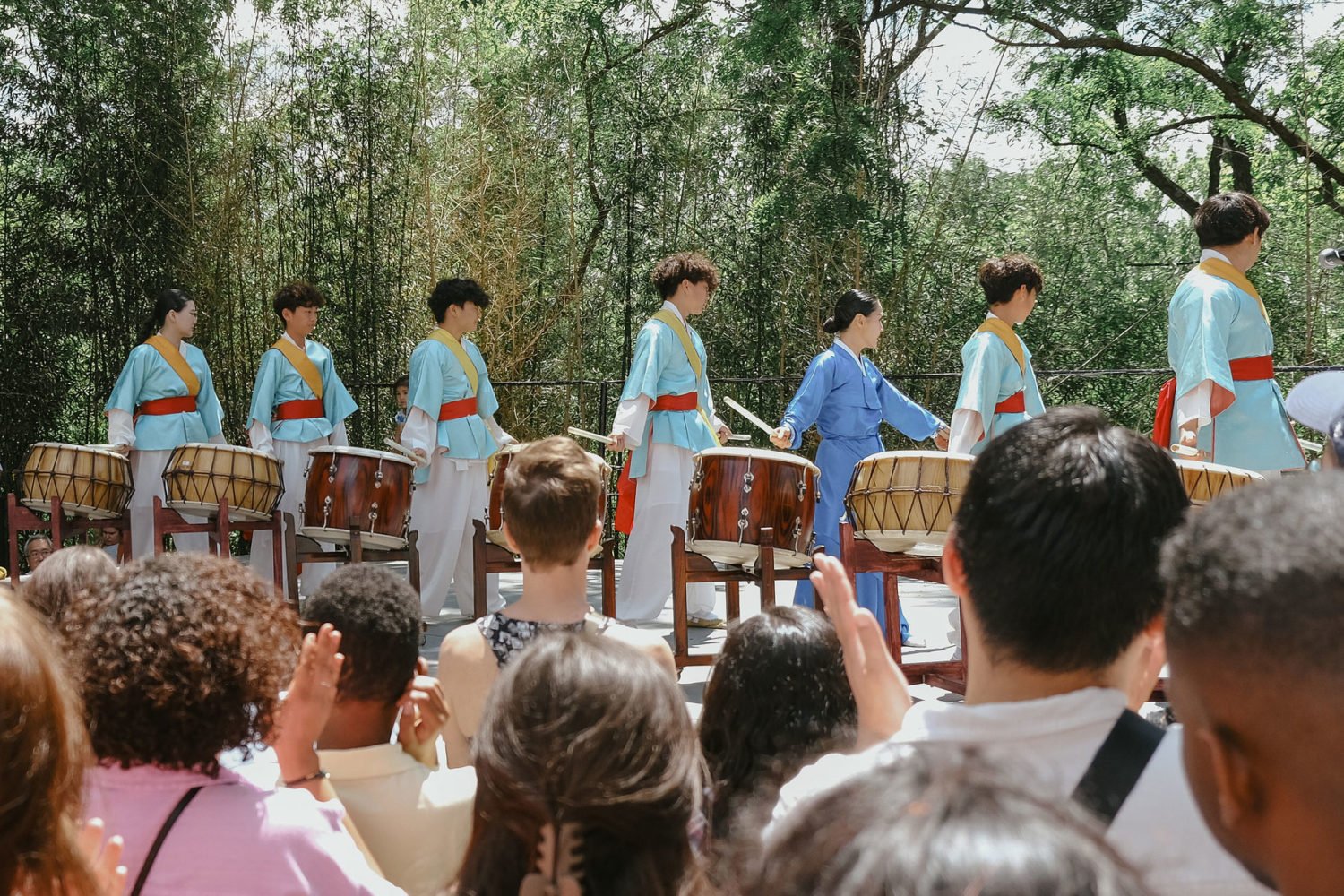Finishing up our week of winter chit chat is Jonathan Vseviov, the Estonian ambassador to the United States. This will be his first winter as an ambassador. He’s not new to Washington, though: He held previous postings here between 2005 and 2008 and then again from 2013 to 2014, with a stint in Estonia in between. “I’m very excited and I’m looking forward to the festivities,” Vseviov says. We caught up with him to talk about Estonia’s cold winters and why he really wants you to get a good pair of boots.
What’s winter like in Estonia?
It depends on your definition of winter. Cold weather usually lasts from the very beginning of October to mid-April. Mid-April is usually when spring really starts. Sometimes a little earlier, sometimes a little later. It varies from year to year, but this is roughly the cold period in Estonia. It’s not freezing necessarily. It gets pretty dark because we’re so far north. In June, we get almost 24 hours of sunlight. The flip side of that is that we get almost 24 hours of darkness in December. It does get cold. It can get as cold as -24 C. Minus 20 Celsius wouldn’t be unheard of, and usually, when it gets cold it stays cold. It’s not unusual for us to get snow in October. We have an Estonian saying, “The first snow that comes always melts.” It comes back usually in November to stay and usually stays until the end of March. We’d expect to have snow on the ground then. That means that we might get a few above freezing days in that period, but most of the days and certainly most of the nights, you’d expect to have snow on the ground at least from November to April. Roughly half of our year.
That’s a long winter. In Estonia, what’s the management of snow like compared to DC?
We’re so used to getting snow that it’s not a surprise when it happens. It can be a surprise on the first day it snows and many cities have a hard time adjusting. It’s possible there might be bigger traffic problems on the first day of snow. It actually happened this year: When it snowed first this year, we had more traffic accidents than usual. But then people readjust and we’ve been having winters for as long as we can remember. Once it’s proper winter, we’re pretty efficient. In Estonia, the local government takes care of most roads. In the capital Tallinn’s case, it’s the city government. The central government is only responsible for the major highways. They usually use contractors, so it’s private companies that are responsible for the work. If snow is not cleaned in an efficient way, the city or country government is sure to have political problems very soon. The media would cover them and they would have to explain what had gone wrong. Unless there’s a major natural disaster when it snows unexpectedly or too much, which is when you’d expect people to have problems. But if people have problems in the middle of the winter, it would be the very definition of incompetency and the Estonian voters would surely punish anyone who could not clear the snow. We get several months of snow a year, you can’t really excuse yourself when you’re unable to fix it then.
What do you think about how people in DC react to the snow?
Many Estonians find the way people in DC react amusing. The longer I’ve lived here, the more I understand the differences. For example, you don’t use special winter tires on your cars. Nobody in Estonia would drive around in the middle of the winter using the same tires we use during the summer. It’s actually illegal to do that. You don’t need to have 4-wheel drive, but you need winter tires. When you’re caught by the police, then you get a fine. You’re unsafe and you make traffic worse and accidents could happen, so it’s not okay.
Here, we’re so far down south in DC that nobody has winter tires. You shouldn’t have winter tires because you might get snow only once or twice a year, if that. The more you know, the less surprising and amusing the chaos that happens in DC is. I think chaos would happen in Estonia if we all used summer tires when it snowed. The fact that DC is so far south and still gets snow explains why people have a hard time adjusting. I don’t look down on Washingtonians in any way who have a hard time driving in snow on their summer tires.
How do you get to work in the winter?
I just drive. My previous experiences in DC are that even on the worst day, it’s still possible to get from point A to point B. We don’t change the way we do business ourselves. We do have to shut down if the federal government does because of weather. Obviously, our interlocutors aren’t in the office, but I think it’s getting easier with the internet and cell phones and email to not have to physically show up to work. We don’t change almost anything at the embassy when it snows.
What does an ideal winter day look like for you?
I myself am a fan of warm weather, so I like to stay indoors. I like to stay indoors and light a fire in the fireplace if I have access to one. I like to put on a very warm sweater. They don’t look great, but they feel great, and get a cup of tea or hot chocolate or something and really enjoy the fact that I am warm and that I can see outside through the window where it snows and is cold. That’s a feeling you cannot get during the summer when it’s warm. I think it’s a great feeling. Looking at my kids or others playing out in the snow is what I love to do in the winter.
I heard some people cross-country ski to the embassy. Would you ever do that and what do you like to do when it snows here?
In general, Estonians do like cross-country skiing. There’s a lot of snow and not enough mountains. The combination of the two makes cross-country skiing really popular in Estonia. The highest peak we have is 2,000 feet. There are no mountains and the country is very flat in general. Children like to play out in the snow. Whenever snow first arrives, it’s a big thing to go out and make snowmen and sleigh. All sorts of traditional winter fun is popular in Estonia.
What do you like to do with your kids in the winter?
I sled with my kids. My daughter is 5 years old and my son is 10 years old. Especially with my youngest kid—the bigger the mountain, the happier she is sledding down it. Sometimes I have to join her for that. I enjoy doing that, but the part about that I enjoy most is getting back home and taking off the wet clothes, putting on the warm sweater, and sitting by the fireplace.
Do you think you’ve found the biggest mountain in DC yet?
No, not yet. I’m open to suggestions (laughs).
Do you have a favorite sweater?
I have several. People from the Nordics have lots of sweaters. No particular patterns. Just as long as it’s warm, it’s doing its job. I can’t really advertise any brands.
I’ve heard this saying a lot: “There’s no bad weather, just bad clothing.” Is there a similar mindset or saying in Estonia?
Absolutely. We in Estonia still have mandatory conscription for males, and we’re very happy with that. It’s voluntary for females, but every male, unless they have health-related or religious reasons, has to go through at least eight months of conscripted military service. Most of our military is infantry and since it’s at least eight months, no matter when you start, winter is likely in the period. What infantrymen do, no matter if it’s winter or summer, is they are outdoors. That’s where they train. Yes, I know firsthand that there is no such thing as bad weather. It may rain, it may snow, it may be windy, it may be dark—you can survive outdoors.
It only depends on two things: one, the clothes that you wear, they have to be appropriate, and two, the state of mind that you have. The human body can do incredible things if you have the right mindset. During the coldest nights of the Estonian winter, we have ordinary citizens as conscripts every single day staying overnight in the woods and training and doing exercises. You can do lots of things outdoors as long as the mindset and clothes are right.
What else do you like to wear during the winter? Do you have a favorite jacket or pair of boots?
I don’t have a specific kind of boots, but boots are important. Going back to the saying: It’s truest regarding boots. If you only had to choose one element in your wardrobe that would be very good quality, winter weather-wise, then I would pick boots. If cold gets into your organism through your feet, then you’re worse off. You can compromise almost anywhere else, but you need to keep the feet dry. And your boots have to be good. If your boots are not good, if you’re wearing summer shoes or something, you can have whatever kind 0f jacket or pants, if your feet are warm, you’re going to be OK. I would suggest everybody get good warm boots. Thick socks, make sure that they’re good quality and that they don’t allow your feet to get wet. That’s the most important thing.
Going back to relaxing beside the fire, what do you like to eat and drink when you do that?
My favorite drink during cold weather is anything warm. A cup of tea, or hot chocolate, or in the morning a cup of coffee. Anything hot is really, really good.
In the Christmas period, we bake gingerbread. When you think of Christmas in Estonia, you immediately think of the smell of gingerbread. Another traditional thing in Estonia during the wintertime is to eat heavier foods, like more meat unless you’re vegetarian. Estonians eat a lot of pork. During summer, it’s likely that you might find many Estonians enjoying lighter salads and fish, but in the winter we like sauerkraut, which is German. We never eat it in the summer, however, in winter we do every day. So that sort of stuff.
Do you miss winter at home?
Oh yeah. We have several chances to go back. You can just jump on an airplane and it’s still doable. We go back and forth regularly, but obviously, we miss home. It’s not necessarily winter related. We celebrate Christmas and New Year’s Eve. Even if we don’t go back, we can celebrate both of these holidays here as well without necessarily missing anything.
What are the holidays like in Estonia and what do you have planned?
In general, Christmas in Estonia is a quiet holiday. You might go home to visit your parents. It’s not a holiday for partying, we reserve that for New Year’s Eve. It’s more of a family night. In many other cultures, Christmas is more of a lively holiday, but for us, it’s quieter.
Do you have any more winter survival tips?
It’s important to keep yourself warm. If you cannot, making sure that your body has enough energy. On especially cold days during military service when we had to be outdoors for a number of days in a row, I remember one of the things that helped if we carried a chocolate bar with us. A Snickers or a Mars bar. You eat that and you start feeling warmer because your body starts creating energy. It’s the mindset—never give up, and enjoy the fun aspects of winter if you like skiing or sledding. If you can’t handle it and it’s too much, get out of the winter. Go indoors and crank the heat.
This interview has been edited and condensed.
A version of this story appears in the January 2019 issue of Washingtonian.




















